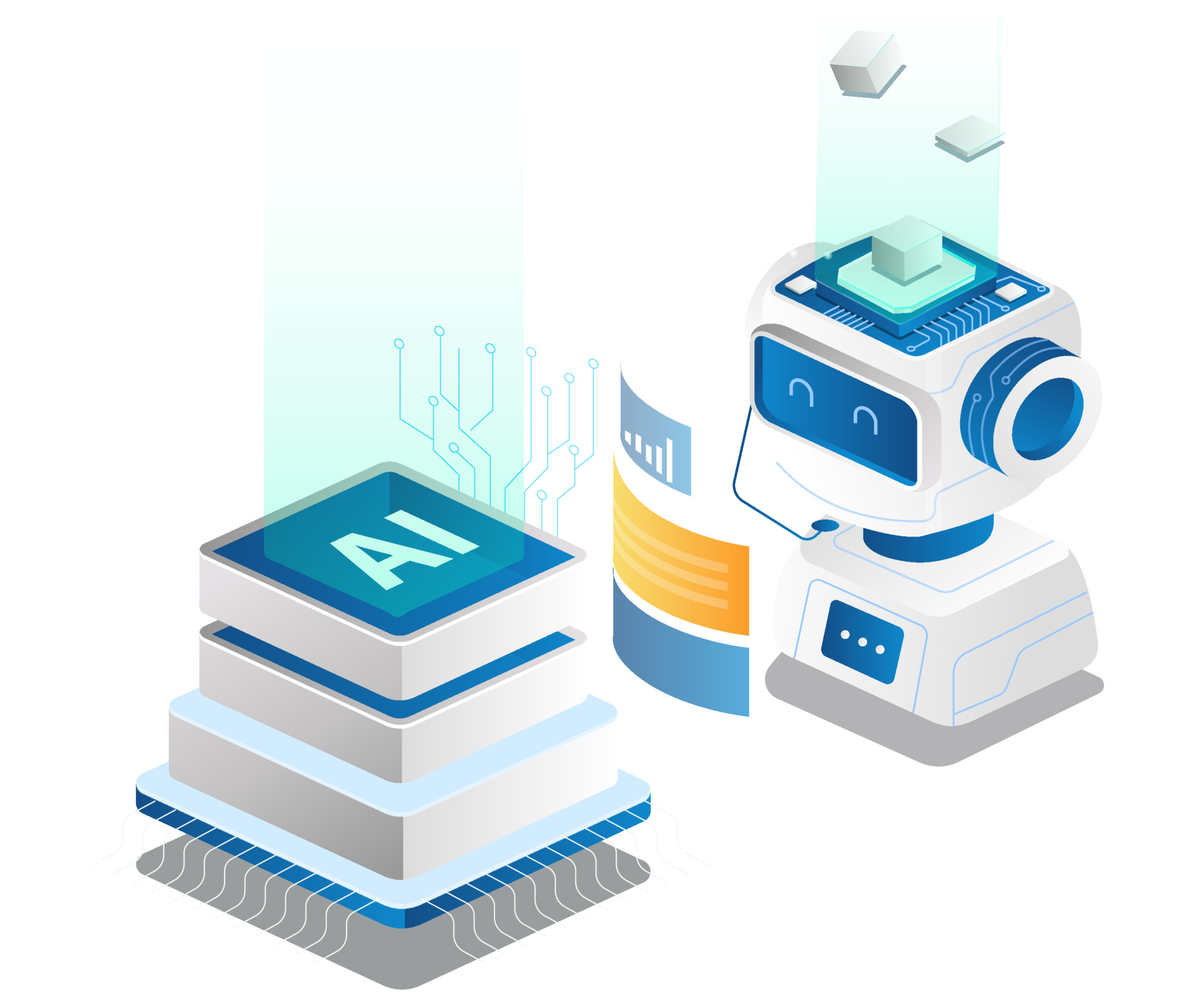AI Development: A Roadmap to Building Intelligent Applications
AI Development: A Roadmap to Building Intelligent Applications
Artificial Intelligence (AI) has become a powerful technology, transforming industries and improving efficiency in unprecedented ways. From personalized recommendations to complex data analytics, AI enables businesses to create intelligent applications that solve real-world problems. If you’re considering developing AI-based applications, this guide will provide an overview of AI development, essential steps, tools, and best practices.
What is AI Development?
AI development refers to the process of creating applications that can learn, reason, and adapt. This involves programming algorithms that allow computers to make decisions based on data. AI development includes fields like Machine Learning (ML), Natural Language Processing (NLP), Computer Vision, and Deep Learning. Each of these fields addresses specific types of challenges, from understanding human language to recognizing images or making predictions.
Key Steps in AI Development
Developing an AI application requires careful planning, the right tools, and a clear understanding of the problem to be solved. Here’s a breakdown of the steps involved in AI development:
1. Define the Problem and Objectives
• The first step in AI development is to clearly define the problem and desired outcome. This helps in choosing the right AI techniques and setting realistic goals. For example, are you building a recommendation system, an image classifier, or an analytics tool? Setting clear objectives ensures that your AI model is focused on solving a specific business challenge.
2. Data Collection and Preparation
• Data is the foundation of AI. A robust AI application requires a vast amount of quality data for training and testing. Data collection involves gathering relevant data from various sources, and data preparation includes cleaning, labeling, and organizing data for analysis. This step also involves identifying features that are most relevant to your AI model’s predictions.
3. Select the Right Algorithm and Model
• The choice of algorithm depends on the type of AI application you’re building. Supervised learning algorithms like Decision Trees, SVMs, or Neural Networks are often used for classification and regression tasks, while unsupervised learning methods like clustering can be helpful for grouping data without predefined labels. For complex tasks like image recognition or NLP, deep learning models such as Convolutional Neural Networks (CNNs) and Recurrent Neural Networks (RNNs) are commonly used.
4. Training and Evaluation
• Training involves feeding data to your model so it can learn from examples. During this phase, the model adjusts its parameters to improve its accuracy. Once trained, the model must be evaluated against test data to check its performance. Common metrics include accuracy, precision, recall, and F1 score. The aim is to ensure the model performs well on both training and unseen data.
5. Deployment and Monitoring
• Once the model achieves satisfactory performance, it’s ready for deployment. The deployment process involves integrating the AI model into a real-world environment where it can interact with users or applications. Continuous monitoring of the model is essential, as real-world data can change over time, and models may need periodic retraining to maintain performance.
Applications of AI Development
AI development is shaping several industries in remarkable ways:
• Healthcare: AI applications in healthcare assist in diagnosing diseases, predicting patient outcomes, and personalizing treatment plans.
• Finance: AI models help detect fraud, assess credit risk, and automate trading strategies.
• Retail: Recommendation engines and customer sentiment analysis are examples of AI applications that enhance customer experience.
• Manufacturing: Predictive maintenance and quality control applications powered by AI help improve operational efficiency.
Essential Tools for AI Development
1. Programming Languages: Python and R are popular languages in AI development, offering libraries and frameworks for data processing and model building.
2. Frameworks and Libraries: TensorFlow, PyTorch, Keras, and Scikit-Learn are widely used for building, training, and deploying AI models.
3. Cloud Platforms: AWS, Google Cloud, and Azure provide managed services for AI, allowing developers to scale applications without investing in expensive hardware.
4. Data Visualization Tools: Tools like Tableau and Matplotlib are essential for understanding data patterns and model performance visually.
Best Practices in AI Development
• Focus on Data Quality: High-quality data is essential for accurate predictions. Invest time in data cleaning and ensure diverse data representation.
• Start Simple: Begin with simpler models, which are often easier to interpret and can perform just as well on smaller datasets.
• Experiment and Iterate: AI development is iterative. Regularly test and improve your models to increase accuracy and generalization.
• Ensure Model Transparency: Ethical AI development involves creating transparent models, especially in fields like finance or healthcare, where explainability is crucial.
The Future of AI Development
AI development is an ever-evolving field, with advancements in neural networks, reinforcement learning, and generative AI promising new capabilities. Emerging trends like AutoML (automated machine learning), AI ethics, and explainable AI are shaping how we build and deploy models responsibly. As AI continues to integrate into daily life, the demand for skilled AI developers and innovative applications is only expected to grow.

